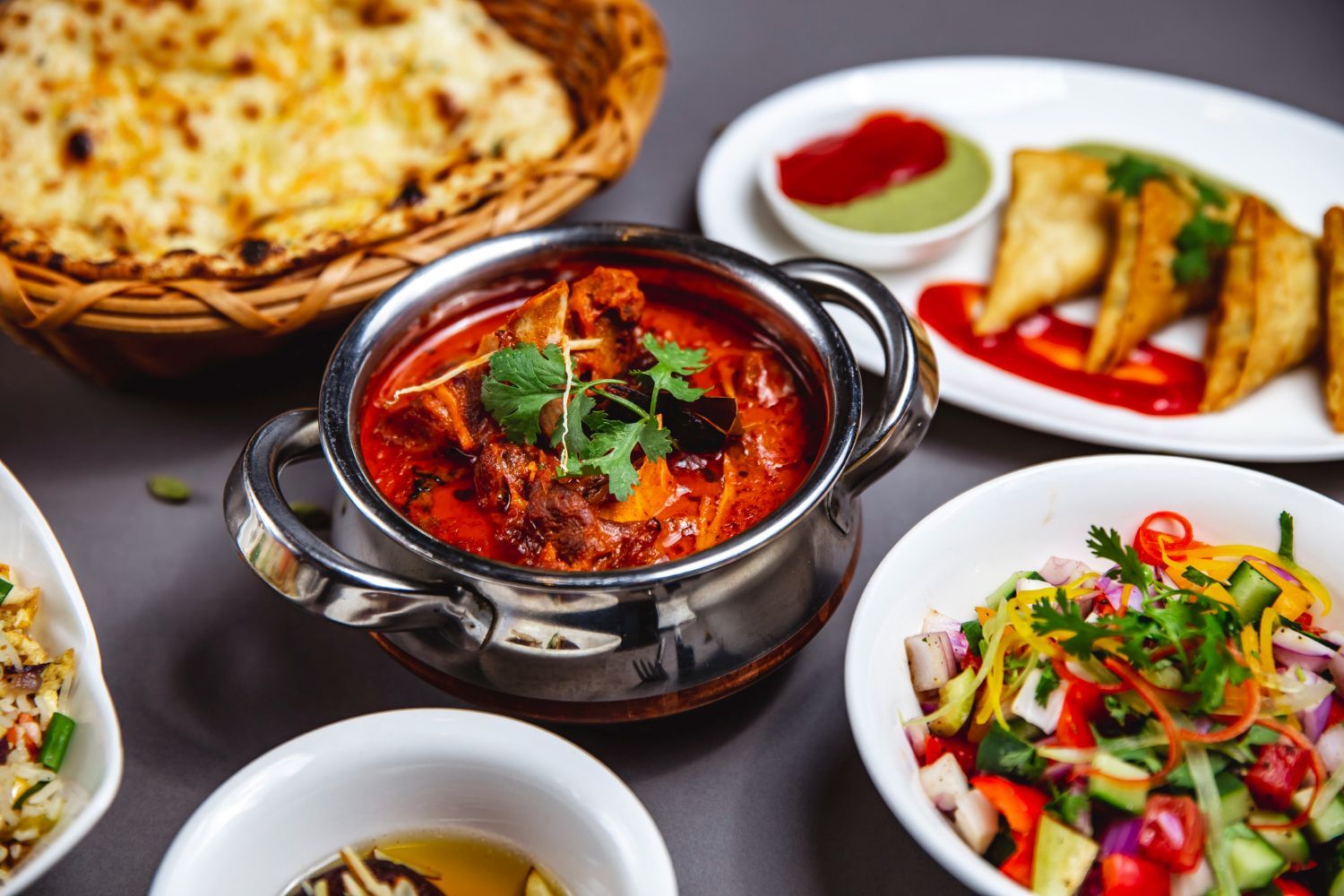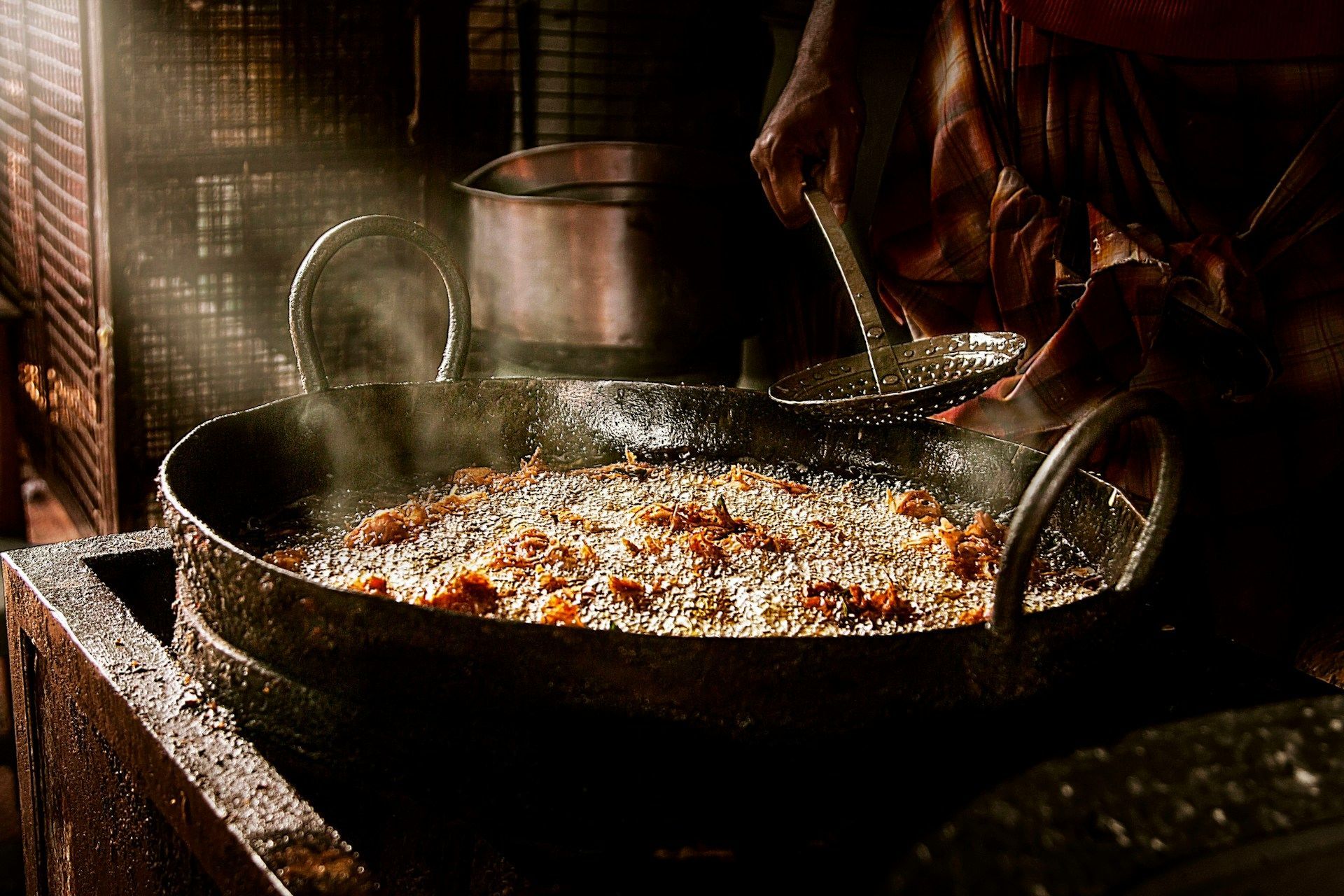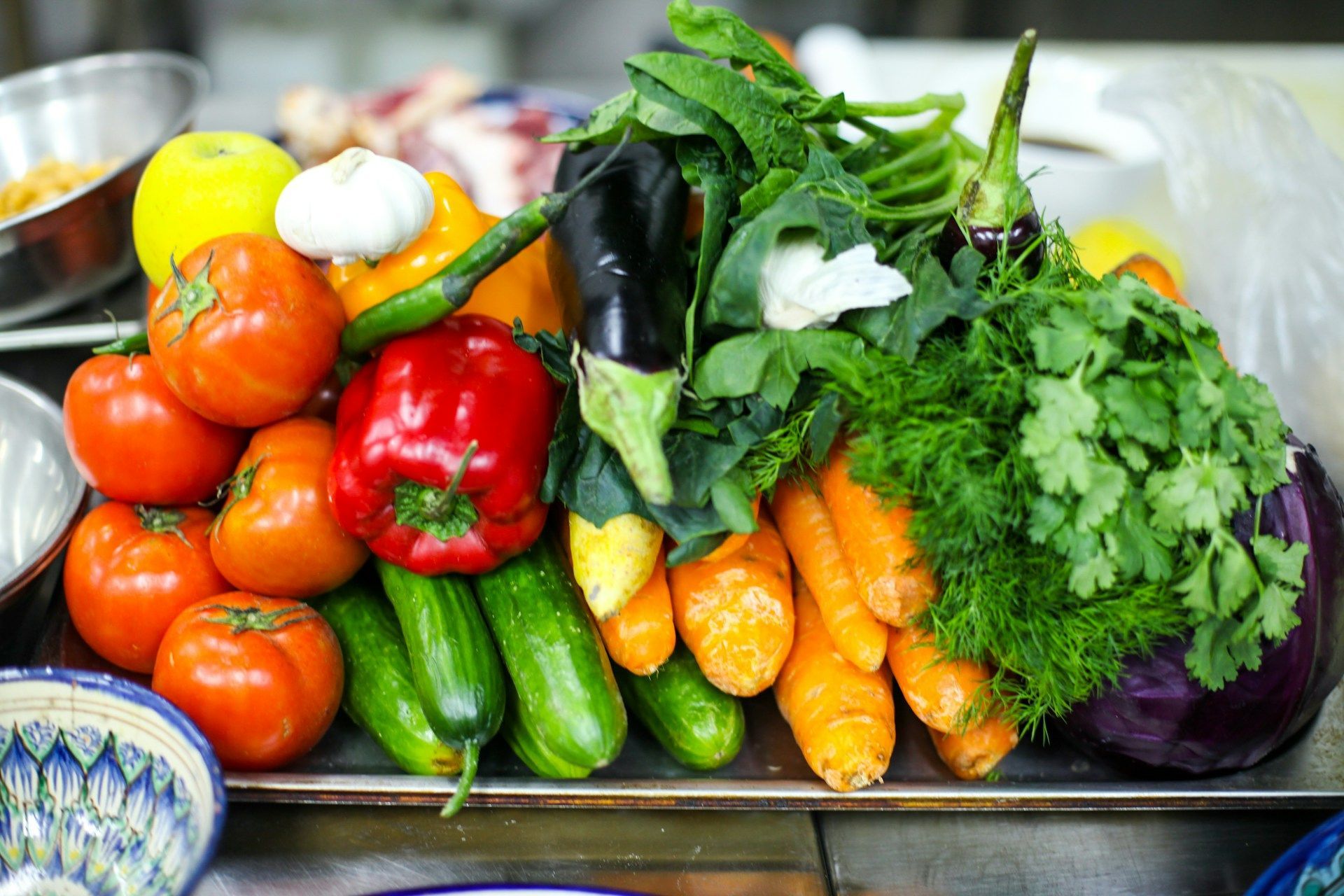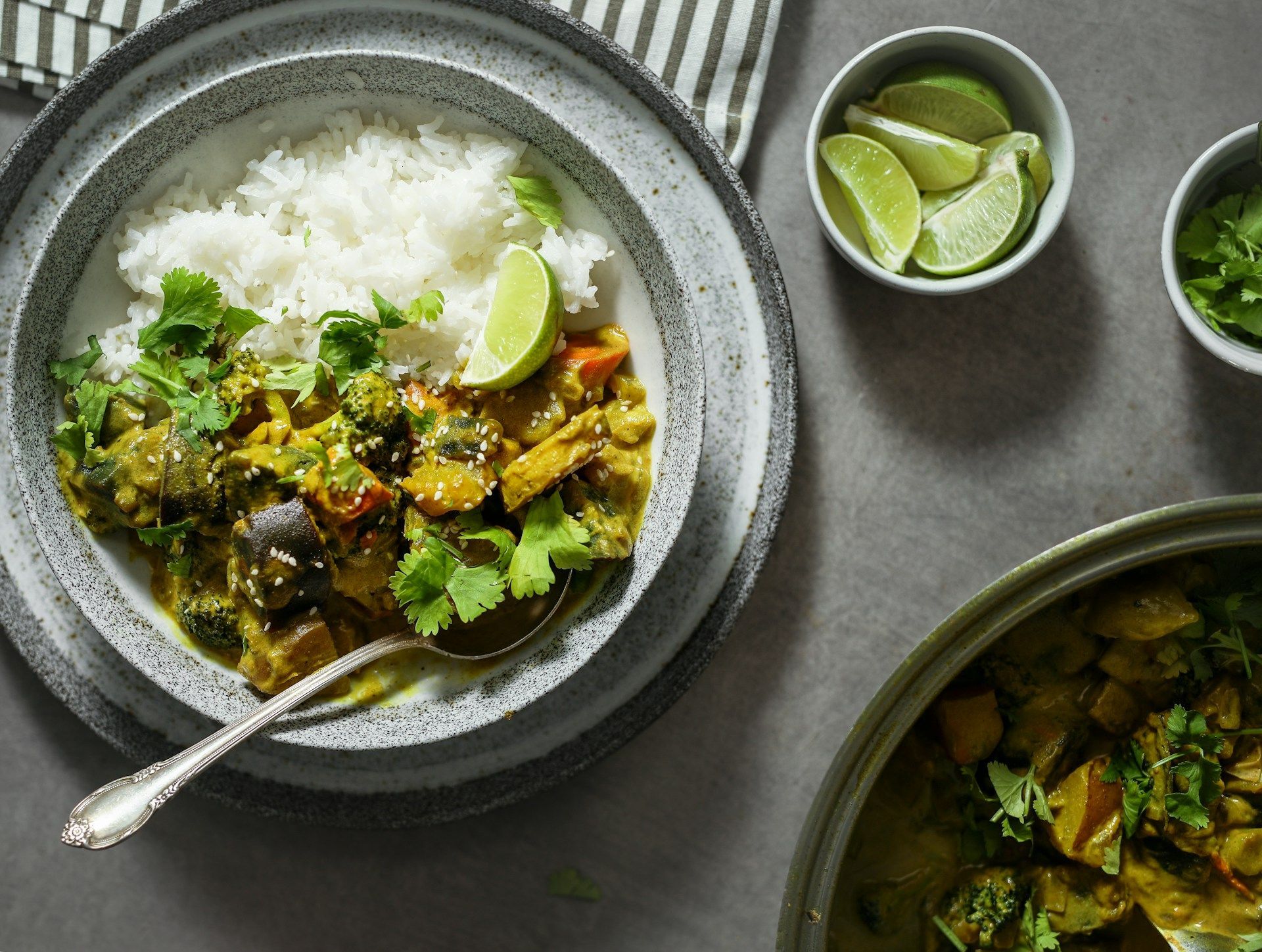True or False: 3 Common Misconceptions about Indian Food
Food is a vital part of every culture. However, since some people only experience culture through media, they may have misconceptions built over what they see on their screens. It is crucial to debunk these misconceptions as they can alter other people’s perceptions of culture, affecting the overall experience of trying it out.
For example, even if Indian food is one of the best cuisines people can try worldwide, some misconceptions about it make people skip tasting the tasty meals passed down from generations. Here are some of the most common misconceptions about Indian food and its truth.
1. Indian Food Is Spicy
Indian cuisine is not what people think it is. There are plenty of spices that one can encounter in India, but most of them are not as hot or spicy as people expect them to be. The most common misconception is to approach Indian cuisine with the assumption that it is very spicy.
The truth is that the most common spice used in India is chilli powder. This spice's heat level is not comparable with the heat level found in pepper. The chilli powder is used in outstanding amounts when preparing Indian food, but it does not affect the spice level.
Indian food can be spicy because of the use of peppers. However, Indian food is varied. There are many milder versions available that are tasty and easy to digest. You can still enjoy the flavours without having it overwhelmed by the spices.
2. Indian Food Is Challenging to Cook
Consumption of Indian food can be problematic if you do not know how to cook it. Indian dishes are complex because they contain many ingredients and require a lot of cooking time. The long cooking time can result from the use of spices and difficult procedures in cooking.
The most challenging part of cooking Indian food is the steps and the use of spices and herbs. Mastering these steps can make it easier to cook and prepare the recipe. However, you should also know the right time to use these spices since they will determine the flavour of the food you are preparing.
Though it takes time and effort to learn Indian cooking, it is not as complicated as people think. There are plenty of Indian cookbooks that you can refer to understand the recipes. The best part is that these cookbooks are easy to find in bookstores, so you will not have a hard time finding one.
3. Indian Food Uses Curry Powder
Almost anyone has heard of curry powder. Many people use this spice in a lot of their dishes. However, curry powder is not the only spice used in Indian food. It is just a spice used in the country to flavour the dish.
There are many more spices to choose from in terms of the ingredients used to flavour the foods. Curry powder is just one of them. Coriander, cardamom, ginger, cumin, ground black pepper, cloves, fennel, cinnamon, and red pepper are commonly used when cooking Indian food.
Because curry powder is used in many dishes, it may be the only spice most people have heard of. It is why many people are under the assumption that curry powder is the only spice used to flavour Indian food.
Conclusion
Indian food may be very different from what many people are familiar with, but it is still possible to enjoy it. To learn how to cook Indian food, you should first learn what spices are used. Knowing the herbs will help you understand the flavours of the food as well as the techniques used in cooking.
Tower Tandoori is a tower
Indian restaurant near Tower Hill. We serve authentic Indian food for people in groups or those coming alone. Our Anglo-Indian specialities are perfect for people trying Indian cuisine while exploring more Indian fusion dishes. Order now from the best London curry house in the country by visiting our website.










